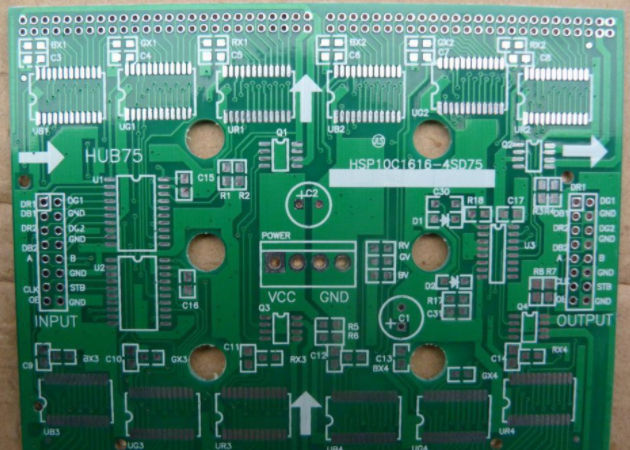PCBA patch processing technology
PCBA processing process:
1. PCBA processing single-sided surface assembly process: solder paste printing-patch-reflow soldering;
2. PCBA processing double-sided surface assembly process: A side printing solder paste-patch-reflow soldering-flip board-B side printing solder paste-patch-reflow soldering;
3. PCBA processing single-sided mixed assembly (SMD and THC are on the same side): solder paste printing-patch-reflow soldering-manual plug-in (THC)-wave soldering;
4. Single-sided mixed assembly (SMD and THC are respectively on both sides of the PCB): B-side printing red glue-patch-red glue curing-flap-A side plug-in-B side wave soldering;
5. Double-sided mixing device (THC is on side A, and both sides A and B have SMD): A side printing solder paste-patch-reflow soldering-flipping board-B side printing red glue-patch-red glue curing-turning Board-A side plug-in-B side wave soldering;

6. Double-sided mixed packaging (SMD and THC on both sides of A and B): Printed solder paste on side A-patch-reflow soldering-flipping board-printing red glue on side B-patch-red glue curing-flipping board-A Surface plug-in-B-side wave soldering-B-side plug-in is attached.
In the soldering process, the variables with the smallest variables should belong to the machinery and equipment, so they are the first to be checked. In order to achieve the correctness of the inspection, an independent electronic instrument can be used to assist, such as using a thermometer to detect various temperatures and using an electric meter to accurately calibrate machine parameters. .
The advantages of SMT patch proofing parts and plug-in materials
In SMT patch processing, the most commonly used components are patch materials and plug-in materials, and each has its own advantages. Due to the advantages of miniaturization and precision, SMT processing occupies more and more shares in electronic processing, and the most used components in SMT foundry materials are chip components. Compared with plug-in components, the components of SMT patch proofing are small in size and low in cost, but plug-in components also have their own advantages, such as stable performance, good heat dissipation, and better performance in anti-vibration.
Comparison of the advantages of SMT patch proofing materials and plug-in materials.
SMD material components:
1. Low solder joint defect rate.
2. High reliability and strong anti-vibration ability.
3. Good high frequency characteristics, reducing electromagnetic and radio frequency interference.
4. Light weight: The weight of the patch component is only 10% of the traditional DIP plug-in component. Generally, the weight is reduced by 60% to 80% after using SMT.
5. Small size: The volume of SMT chip proofing components is only about 10% of that of traditional DIP plug-in components. Generally, after SMT chip proofing processing, the volume of electronic products is reduced by 40% to 60%.
6. Low cost: Patch processing is easy to automate, improve production efficiency, save materials, energy, equipment, manpower, time, etc., and reduce costs by 30% to 50%.
Advantages of plug-in components:
2. The failure rate of the plug-in is lower than that of SMT patch proofing, and the inspection is more convenient.
1. When using electronic products with high heat dissipation requirements, the performance of plug-in components will be better than that of SMT processed chip materials, because the heat dissipation effect of plug-in materials is very good compared with chip components. Work in SMT The use of plug-in processing in the packaging material will have a better effect on the stable performance of the product.
3. The stability plug-in in the face of turbulence and vibration in extreme environments will perform better. Different components have different advantages. This requires engineers to make overall considerations in the electronic design stage to select the appropriate components to achieve the best effect of SMT processing.